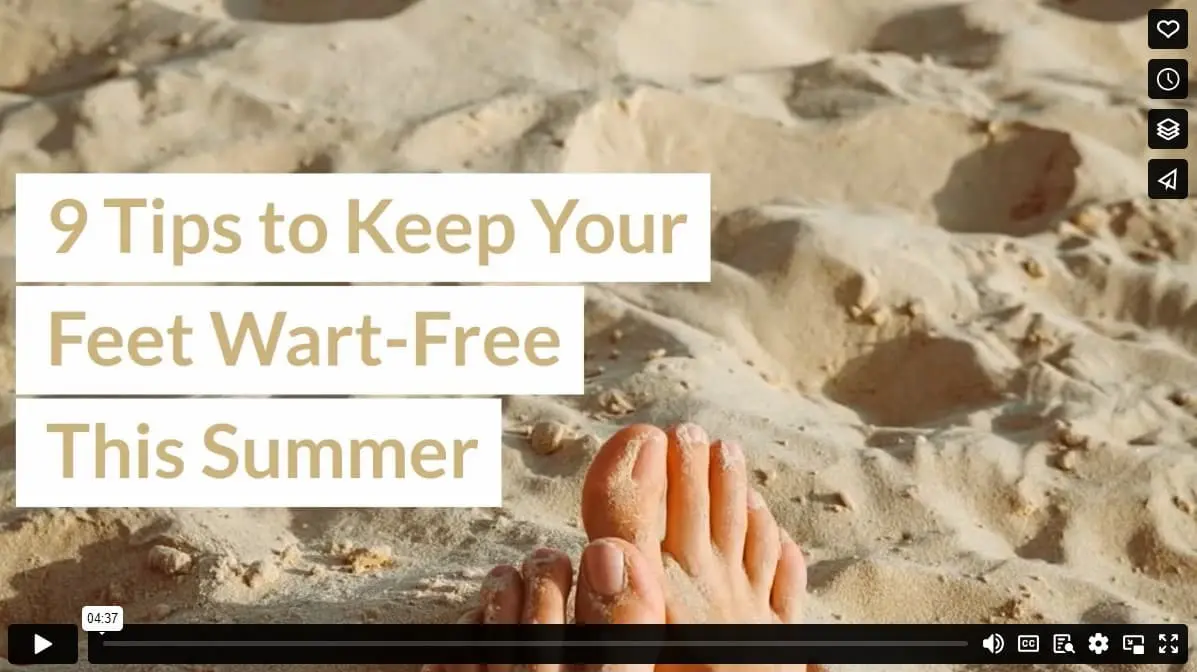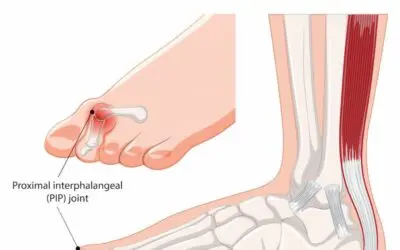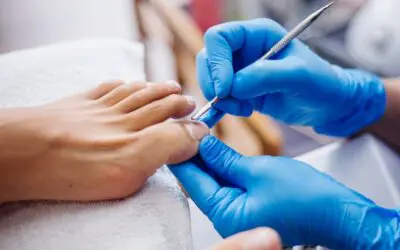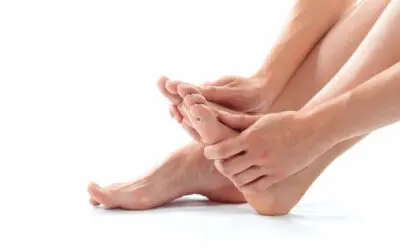No one likes suffocating in layers in the heat of the summer, your toes included. If you plan to have your feet on full display all summer, you might want to ensure they are well-maintained and wart-free.
Plantar warts are actually infections caused by the human papillomavirus (HPV). Part of the virus enters dry skin or a cut on the bottom of the foot. The infection that results develops into plantar warts.
Plantar warts first express themselves as small dark spots on the skin. They start flat, but the pressure from walking pushes them inward. They are pushed deeper into your foot as they grow, and calluses normally develop around them.
Plantar Wart Prevention
Not only are they unsightly, but they can be challenging to treat. If you can prevent a plantar wart from ever developing on your feet, you can avoid its painful growth and removal altogether. Here are the best ways to keep your feet wart-free this summer.
- Moisturize. The HPV virus enters your body through cracks in dry skin. If you can keep your feet well-moisturized, your chances of getting a plantar wart decrease.
- Change your socks. No one likes doing laundry, but you don’t want to skip a day and end up reusing socks.
- Wear clean socks and shoes. The virus thrives in damp, warm areas. If you wear sweaty socks or damp shoes, you’re creating the perfect environment for HPV to hang out and infect you.
- Don’t share socks, towels, or shoes. Normally, sharing is caring. But when it comes to your feet, you’ll want to avoid wearing things that have been on other people’s feet. Who knows what their feet have been exposed to?
- Keep your shower and bathtub clean. Yes, we were just harping on you to do your laundry, and now we’re telling you to scrub your shower. No, your mother didn’t pay us to write this. Keeping the surfaces your bare feet will touch as clean as possible will help eliminate viruses or other bacteria and keep them from infecting your foot.
- Completely dry your feet. After you finish your bath or shower in your nice clean bathroom, you want to completely dry your feet. As we said, moisture and viruses love each other, so if we can eliminate the moisture, we decrease the chance of the virus.
- Use caution when barefoot. You might just want to avoid being barefoot altogether, especially in public. In public showers, wear sandals or water shoes. HPV loves swimming pools, so water shoes might be a good protection. Wear shoes in changing rooms. You might even want to get yourself a pair of house shoes or slippers to wear around your house (especially if you know someone you live with is dealing with plantar warts).
- Clean your shoes. Creating a routine of regularly cleaning the insides of your shoes will help you get rid of any unwanted viruses or bacteria that could be festering there. It might not hurt the smell, either.
- Wash your feet. A percentage of adults don’t actually scrub their feet in the shower, assuming that the soap trickling down from the rest of them is doing the job. Don’t be part of that percentage. Your feet need to be scrubbed just like your hands do. Keeping your feet clean is a great way to wash off germs before they have a chance to develop into something more sinister.
Plantar Wart Treatment
If, despite your best efforts, you still have a plantar wart, the world will not end. A few plantar warts will resolve spontaneously. But persistent and painful warts will need to be treated to stop the spread from reaching those around you. Here are the plantar wart removal techniques your podiatrist may recommend:
- Freezing the wart (cryotherapy). Cryotherapy involves a doctor applying liquid nitrogen to your wart via a cotton swab or a spray. It may be painful, and it may require multiple treatments.
- Peeling medicine (salicylic acid). This strong medicine is applied to the wart and removes a layer at a time. Your doctor may prescribe it to you to apply yourself at home. It may take a few weeks for the wart to disappear.
- Minor surgery. Your doctor may need to cut out stubborn warts.
- Immune therapy. Your doctor may inject the wart with foreign objects to stimulate your immune system to fight off the wart.
- Vaccination. The HPV vaccine, though not the same strand of HPV as the one that causes plantar warts, is effective in treating warts.
- Blistering medicine (cantharidin). This medicine will create a blister underneath the wart, and at a follow-up appointment, your doctor may clip off the dead wart.
- Laser treatment. Your doctor will cauterize your blood vessels with a laser, and the infected area dies and falls off. Repeat treatments may be necessary.
A podiatrist can help you figure out which treatment method is right for you and your feet.
None of these are particularly pleasant experiences. If you don’t already have a plantar wart, you will want to follow the nine tips above to keep your feet happy and healthy. (As a bonus, your mom will be happy about you staying on top of your laundry, too.)
Infographic
Summer is a great time to showcase your feet, but it’s important to ensure they’re well-maintained and wart-free. Plantar warts are infections caused by the human papillomavirus (HPV), which enter dry skin or a foot cut. They initially appear as small dark spots, but as they grow, they push deeper into the foot, causing calluses to develop around them.

Video




